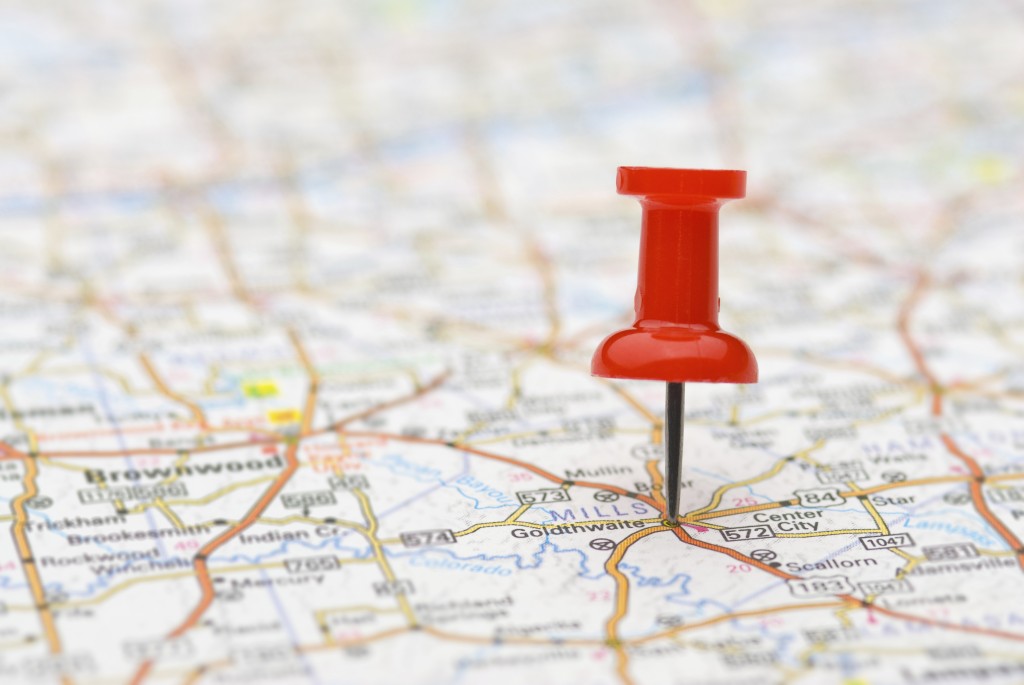I was recently reviewing some Story Maps from Esri, and began to wonder: what makes a good map? As someone who is not a trained cartographer, I struggled for a bit to understand why I responded positively to some maps, and negatively to others. Ultimately, though, it occurred to me: creating a map is very similar to writing a story. There are certain core elements that are similar, as the mission of both a cartographer and writer is the same: tell compelling stories.
Below, I’ve outlined five ideas that I think help make a good map, drawn from lessons from the writing world.
1. Know Your Audience
Just like in writing, understanding your audience is essential for a cartographer. A good mapmaker knows the audience and delivers them the necessary information to help drive a decision. For instance, you wouldn’t write a 20-page dense report for a busy executive: you’d write a short, punchy memo they can read while heading to their next meeting. For cartographers, the audience matters when thinking about a map. Exploring who the audience is will help you understand what data to use, and what your audience will respond to positively.
2. Tell a Compelling Story
Maps tell stories, and there’s nothing better than a compelling narrative. Maps can tell you everything about impact of a storm, where the next wildfire might be, or how to quickly evacuate a population to save lives from an impending disaster. When thinking about your next map, ask yourself: what story am I trying to tell? When you’ve finished your map, ask yourself if you’re sure you accomplished that goal. Storytelling is not an easy skill to develop, but by being intentional, you can be sure that the data you use in your map fits your overall narrative.
3. Know On What Medium the Map Will be Displayed
Understanding where the map will be displayed is crucial. If the map will be digital, printed or mobile, it makes a difference as to how the map should be created. Think about the end medium when creating your map. This is exactly the same while writing: you must know if your article will be on the web as a blog, as long form, or printed – it all makes a difference in how you approach the project and make decisions about content.
4. Build on Authoritative Data
Data drives mapmaking. When creating your map, you better be sure that your data is the most up-to-date and accurate information available. If you were writing an article, everything would be fact checked for accuracy – the same holds true for your data. People will question the data of the map, and you need to be prepared to support your findings and the narrative you are telling.
5. Pay Careful Attention to Clarity
With so many different data types, it’s imperative that your map clearly communicates trends and the narrative you are trying to tell. This is where things like color choices, base maps, and shape files all really start to matter. If you’re layering in multiple data sources, they should be clearly marked and identified to make it easy for the reader.
These five tips are just some observations of what I believe make a good map. What are some of yours?
